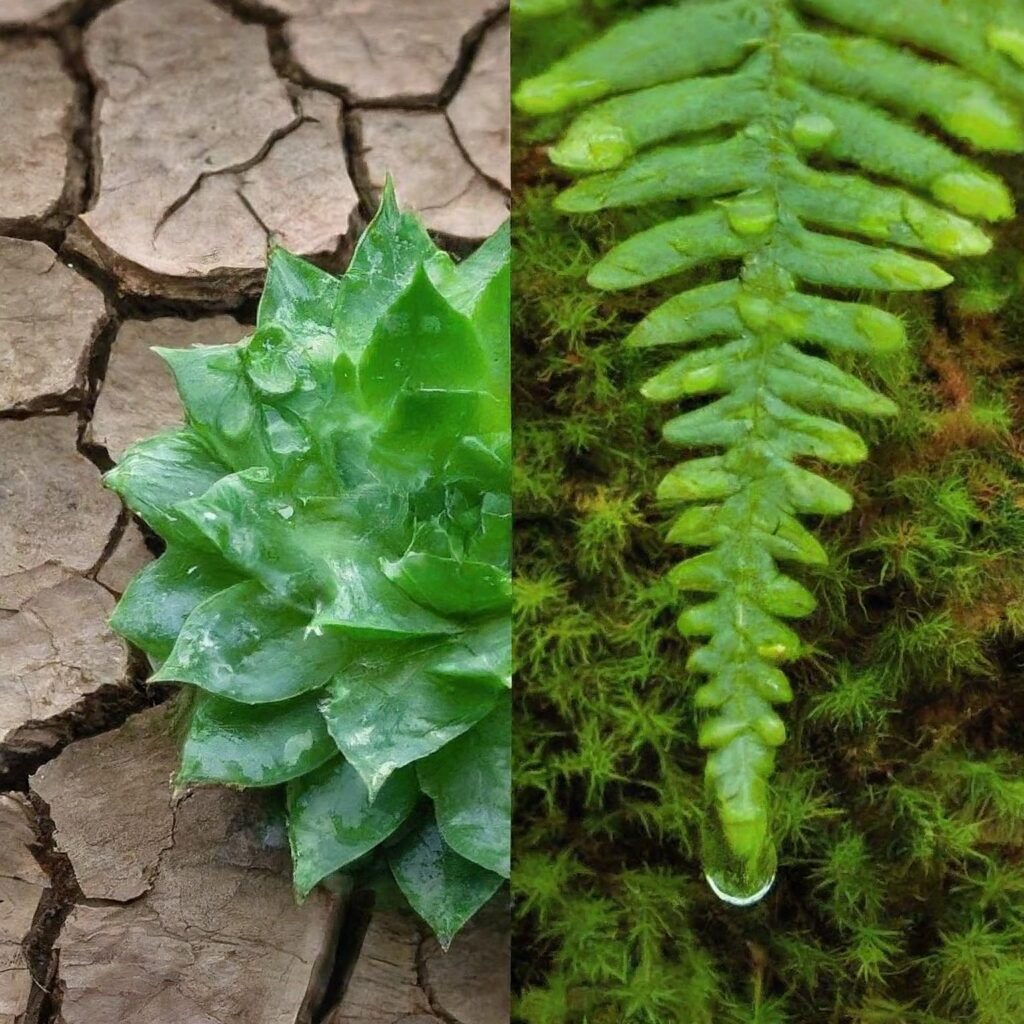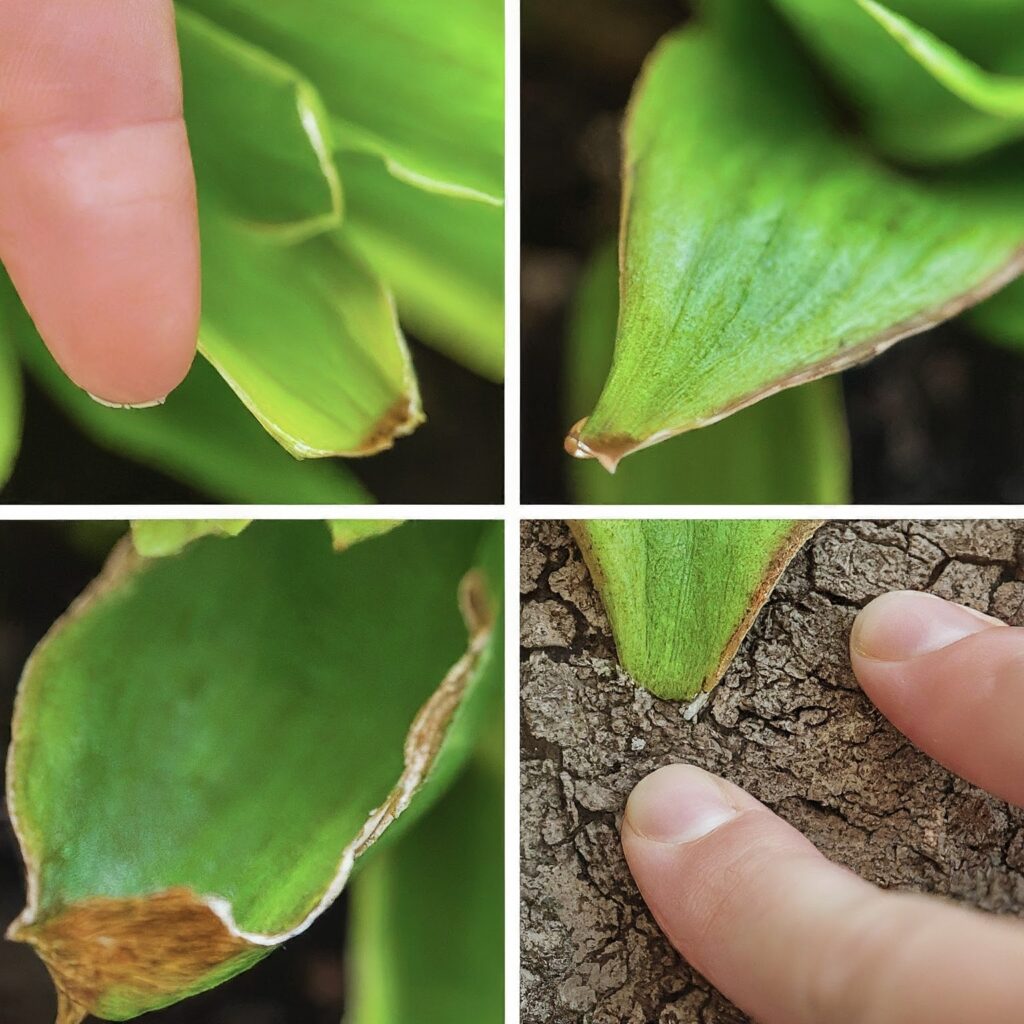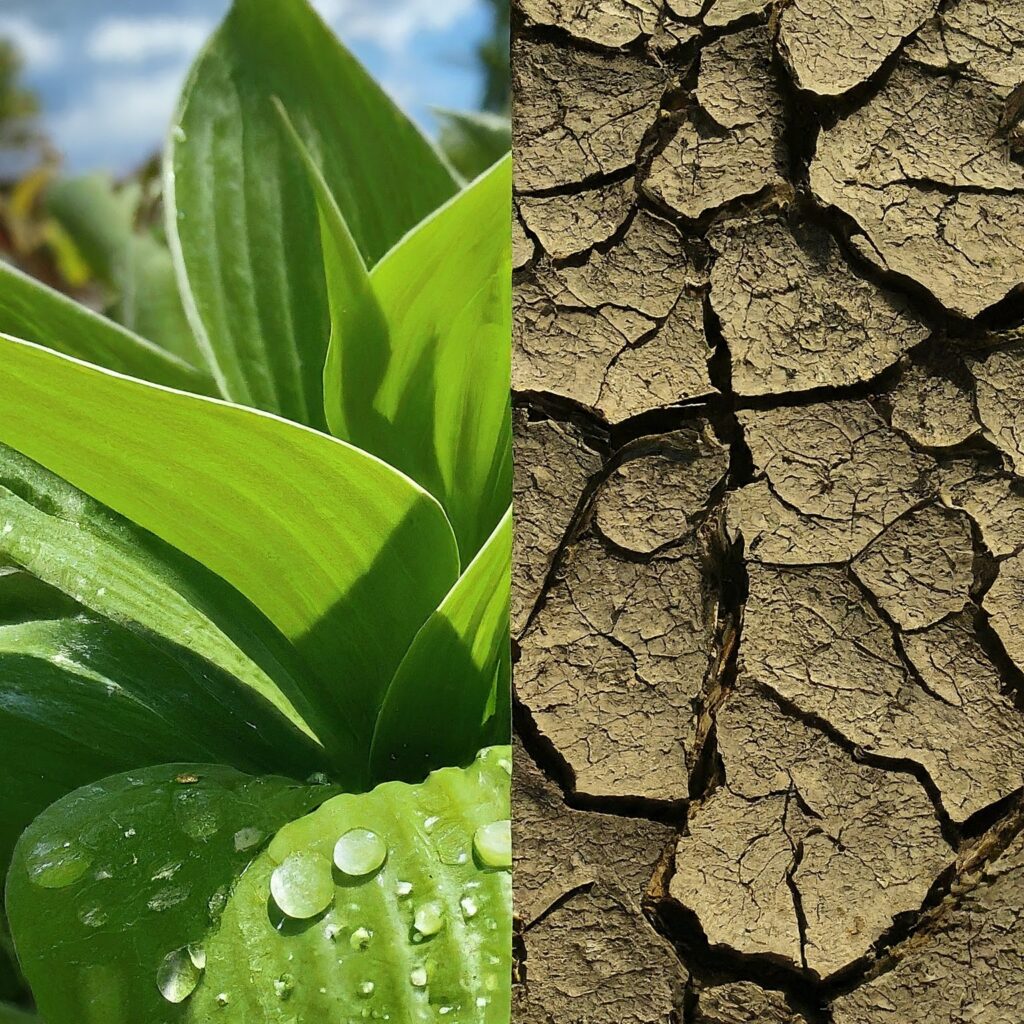The Best Time to Water Plants
So, you’ve embarked on the wonderful journey of gardening. Welcome aboard! It’s a fantastic way to bring life, color, and maybe even some homegrown veggies to your space.
But with all the exciting things to learn about compost, sunlight, soil types, and choosing the perfect plants, a simple question might pop up: what is the best time to water plants?
This guide will answer all your watering woes and equip you with the knowledge to keep your plant babies thriving.
Read on or jump to a section.
- Best Time of the Day to Water Plants
- Going Beyond the Clock: Signs Your Plants Are Thirsty
- Optimizing Plant Hydration
- Best Time to Water Plants When Away
- Is Evening the Best Time to Water Plants?
- What is the Best Time to Water Plants in Summer?
- What is the Best Time to Water Plants in Winter?
- Do Plants Need More Water at Night?
- What is the Worst Time to Water Plants?
Best Time of the Day to Water Plants
Believe it or not, timing your watering sessions can significantly impact your plants’ health. Here’s the secret: the best time to water plants is generally in the morning.
Why mornings? Let’s break it down. Mornings are typically cooler, with less intense sunlight. This means two things:
- Reduced Evaporation: When you water in the morning, the cooler temperatures minimize water evaporation from the soil’s surface. This ensures more water reaches the roots, where it’s needed most.
- Time to Dry: Morning watering allows the foliage to dry throughout the day. Damp leaves at night can create a breeding ground for fungal diseases.
Beyond Morning Magic: Watering Nuances for Different Plants

While mornings are generally the best time to water plants, there are some exceptions to consider. Different plant types have varying water requirements, and understanding these subtleties will take your watering skills to the next level.
- Sun-Loving Champions: Plants that thrive in full sun, like succulents, cacti, and certain herbs, are more adept at handling dry spells. You can allow the soil to dry out more between waterings for these champions. However, during extended hot and dry periods, even these sun-worshippers might appreciate a morning drink to keep them perky.
- Shade Seekers: Plants that prefer dappled sunlight or shade, like ferns, hostas, and peace lilies, generally require more consistent moisture. For these leafy friends, aim for evenly moist soil, but be mindful of overwatering. Morning watering is ideal to ensure they have enough hydration for the day without staying soggy overnight.
- Heavy Feeders: Plants with high water needs, like vegetables, tomatoes, and fruit trees, will require more frequent watering, especially during their growth spurts. For these thirsty fellows, a morning watering might not be sufficient on scorching summer days. You might need to supplement with an additional watering session in the late afternoon or early evening, especially if the soil feels dry to the touch.
- Thirsty Pot Pals: Container plants tend to dry out faster than those nestled in the ground. This is because pots have less soil volume, and the roots are more exposed to the elements. For container plants, frequent morning watering checks are essential, especially during hot weather.
Going Beyond the Clock: Signs Your Plants Are Thirsty

While knowing the best time to water vegetables and other plants is crucial, relying solely on the clock isn’t always the best approach.
Here are some telltale signs your plants are communicating their thirst:
- Wilting Leaves: This is a classic sign of dehydration. The leaves will appear limp, lose their vibrancy, and might even start to droop.
- Dry Soil: This one’s a no-brainer. Insert your index finger into the soil, ensuring it goes down approximately an inch. If it feels dry and crumbly, it’s watering time!
- Crispy Leaf Edges: Brown, crispy edges on leaves can indicate underwatering.
- Stunted Growth: If your plants seem to be growing slower than usual, underwatering could be the culprit.
Optimizing Plant Hydration
Remember, watering is just one piece of the hydration puzzle. Here are some additional tips to ensure your plants receive optimal moisture:
- Mulch Magic: Applying a layer of mulch around the base of your plants helps retain moisture in the soil by reducing evaporation.
- Potting Mix Matters: Choose a well-draining potting mix for container plants. This allows excess water to drain away, preventing root rot, while still retaining enough moisture for the plant’s needs.
- Grouping Genius: Grouping plants with similar water needs together can simplify your watering routine. For instance, keep your sun-loving cacti companions close by for a less frequent watering schedule.
Best Time to Water Plants When Away
But what if you’re a busy bee and mornings are a whirlwind? Don’t worry, there’s an alternative!
Early evening, when the sun’s intensity has waned, is also a decent option. However, evening watering comes with a caveat: make sure the foliage dries before nightfall.
Here’s a tip: If you water in the evening, choose plants that don’t hold onto moisture in their leaves, like vegetables or herbs.
Is Evening the Best Time to Water Plants?
While evening watering can work in a pinch, it’s generally not the best time to water vegetables or other plants. Here’s why:
- Disease Risk: As mentioned before, damp leaves overnight can invite fungal diseases.
- Wasted Water: With cooler evening temperatures, wind can become more prevalent. This can cause some of the water you so diligently applied to drift away, making watering less efficient.
What is the Best Time to Water Plants in Summer?
Summer brings hotter temperatures and increased evaporation. During this season, you might need to adjust your watering routine. Here are some tips for when to water plants in summer:
- Water More Frequently: Hotter weather means plants lose water faster. Be prepared to water your plants more often, especially container plants that dry out quicker.
- Early Morning is Key: Stick to early morning watering sessions during the summer months to maximize water absorption by the roots.
What is the Best Time to Water Plants in Winter?
Winter brings a different set of challenges. With cooler temperatures and potentially less sunlight, your plants won’t need watering as frequently.
Here are some pointers for when to water plants in winter:
- Water Less Often: As a general rule, water your plants less frequently in winter. The cooler temperatures and reduced sunlight lead to slower water loss from the soil.
- Check the Soil: Before watering, always check the soil moisture level, even in winter. Overwatering can be detrimental to your plants’ health during colder months.
Do Plants Need More Water at Night?
A common misconception is that plants need more water at night. Actually, the opposite is true! Plants use less water at night due to reduced light levels and lower temperatures.
What is the Worst Time to Water Plants?

While all times aren’t created equal when it comes to watering, there’s a clear worst time to water plants: the afternoon. Here’s why:
- Peak Evaporation: The afternoon sun is typically the most intense, leading to rapid water evaporation from the soil’s surface. This means less water reaches the roots, and you end up wasting precious H2O.
- Leaf Scorch: If water droplets remain on leaves during the hottest part of the day, they can act like tiny magnifying glasses and scorch the foliage.
So, as you can see, there’s no one-size-fits-all answer to the best time to water plants. While mornings are generally the golden hour for most plants, understanding your specific plant varieties, their sun exposure, and pot type is key to unlocking their hydration needs.

